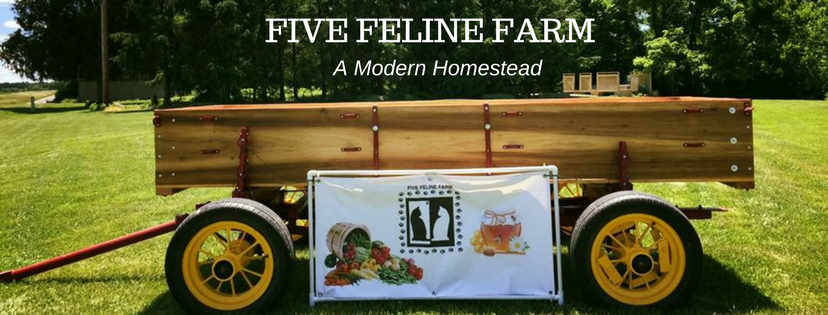
Do you remember when people talked about “putting things by”?
Perhaps this is just our own vernacular, but to us it means to preserve food for the future.
Garden goodness in Central Illinois doesn’t last forever. We eat fresh vegetables from the garden during the growing season, but what about winter? Do we resort to buying everything at a big box store?
No. We make the most of what we have and preserve for future needs.
Depending on the vegetable, we can, freeze or dehydrate. The tomato sauce post is an example of preparing a sauce that freezes well. Green beans and tomato juice typically go in the canner.

Canning is actually a misnomer. Home canning is not in “cans” at all. Glass jars with two-piece lids in pint and quart size cover our needs for shelf stable “home canned” items.
Although home canning is not complicated, below are a few pointers to ensure a high quality and safe product.
Home Preserving Tips
—Follow a tested recipe from a reputable source. Not every recipe on the internet can be trusted. Your best bet is to get a Ball Canning book or use your state home extension website.
—Know your vegetables. Low acid foods must be canned under pressure, while high acid foods can be processed in a water bath canner. Use the correct process for the vegetable you are preserving.
—Use only new flat lids to ensure a successful seal. Bands and jars in good condition can be re-used.
—Before using a pressure canner, (unless it is brand new) have the lid tested for proper working condition at your local home extension office.
Home preserving does require some effort, but the reward of home grown vegetables all year long is worth it.
Be sure to follow us on Facebook, Twitter and Instagram for almost daily reports on the activities of Five Feline Farm.
